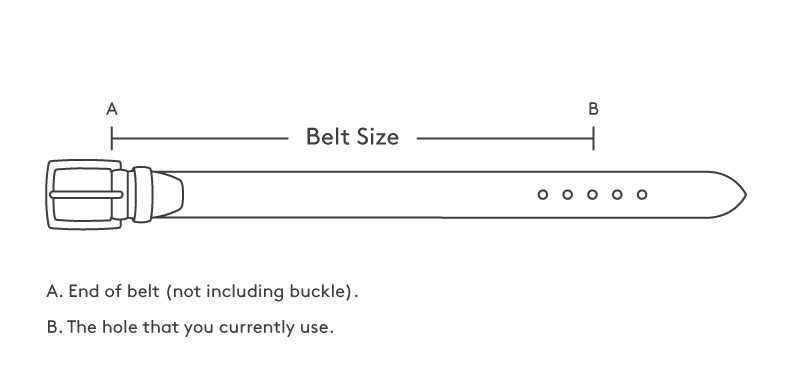Leather: The Sustainable and Eco-Friendly Choice
Why Leather Is an Ecological Material
In today’s world, where sustainability is a top priority, leather stands out as an unexpectedly eco-friendly material. While some may associate leather with environmental concerns, the truth is that it is a natural, durable, and waste-reducing material. Unlike synthetic alternatives, leather products can last a lifetime, often improving with age when properly cared for.
Additionally, the production of leather is more sustainable than many realize, as it repurposes a byproduct of the meat and dairy industry that would otherwise go to waste. This makes leather an ethical and responsible choice compared to synthetic materials that rely on fossil fuels.
Leather Lasts a Lifetime
One of leather’s biggest advantages is its exceptional durability. Unlike plastic-based faux leather or fabric alternatives that wear out and need frequent replacement, a well-crafted leather product can last for decades—or even generations.
Why does this matter?
- Less waste: Fewer products are discarded, reducing landfill accumulation.
- Resource efficiency: By choosing long-lasting leather, we reduce the need for frequent production, cutting down on energy and material consumption.
- Aging beautifully: Leather develops a unique patina over time, making it more attractive with age instead of degrading like synthetic alternatives.
Instead of filling landfills with materials that degrade into microplastics, choosing leather ensures that a single item serves a person for years—possibly even a lifetime.
Leather Is a Recycled Byproduct—Not a Cause of Harm
A common misconception is that cows are raised or slaughtered specifically for their hides. However, this is not true—leather is actually a byproduct of the meat and dairy industry.
If hides were not used for leather production, they would simply be discarded as waste. In fact, many cowhides in Europe are thrown away because tanning them has become too expensive. Instead of being transformed into high-quality goods like shoes, bags, and furniture, thousands of tons of leather end up in landfills or incinerators.
Using leather is essentially a form of recycling—giving new life to a natural material that would otherwise go to waste. Instead of rejecting leather, we should embrace it as a sustainable choice that reduces waste and maximizes the use of resources.
The Problem With Cheap Alternatives
With the rise of synthetic materials marketed as “vegan leather”, many consumers believe they are making an eco-friendly choice. Unfortunately, most of these alternatives are made from plastics derived from fossil fuels, such as:
- Polyurethane (PU)
- Polyvinyl chloride (PVC)
These materials are:
❌ Not biodegradable – They remain in landfills for centuries.
❌ Not durable – They crack and peel quickly, leading to frequent replacements.
❌ Polluting – They release harmful microplastics and chemicals as they degrade.
On the other hand, leather is biodegradable and, when processed using sustainable tanning methods (such as vegetable tanning), does not release harmful toxins into the environment. Investing in high-quality leather products reduces overall consumption and supports a natural material cycle instead of contributing to synthetic pollution.
Leather as a Sustainable Solution
If we stop using leather, we are wasting a natural resource that could be used for durable, high-quality products. Instead of allowing valuable hides to be discarded, choosing leather reduces waste, limits plastic production, and promotes sustainability.
When made using ethical production methods and eco-friendly tanning processes, leather has the potential to be one of the most environmentally responsible materials available today.
✔ It prevents landfill waste.
✔ It lasts longer than synthetic alternatives.
✔ It biodegrades naturally instead of polluting with microplastics.
Final Thoughts: Leather Is the Responsible Choice
Next time you consider purchasing a leather product, think about its true impact on the environment. Rather than being a wasteful industry, leather production recycles a natural material that would otherwise be discarded.
It lasts longer than any synthetic alternative, biodegrades naturally, and helps reduce reliance on plastic-based materials.
Choosing leather is not just about fashion or tradition—it’s about sustainability, durability, and making responsible use of the resources we already have.

